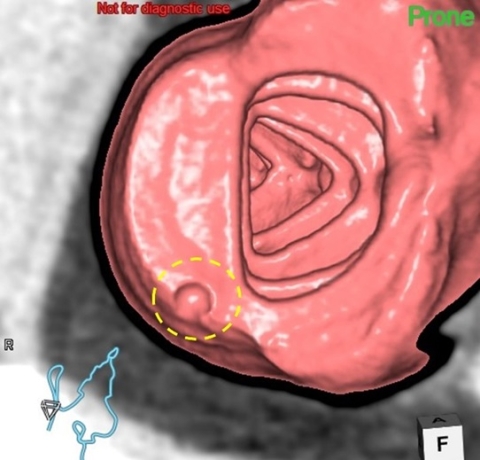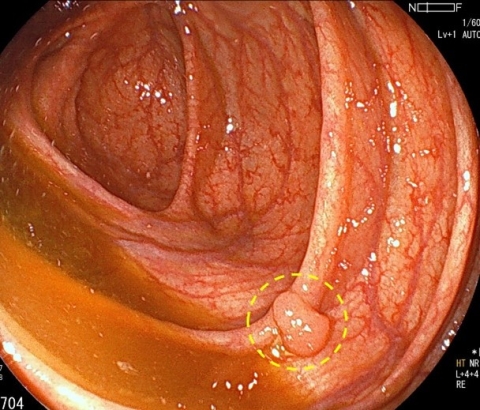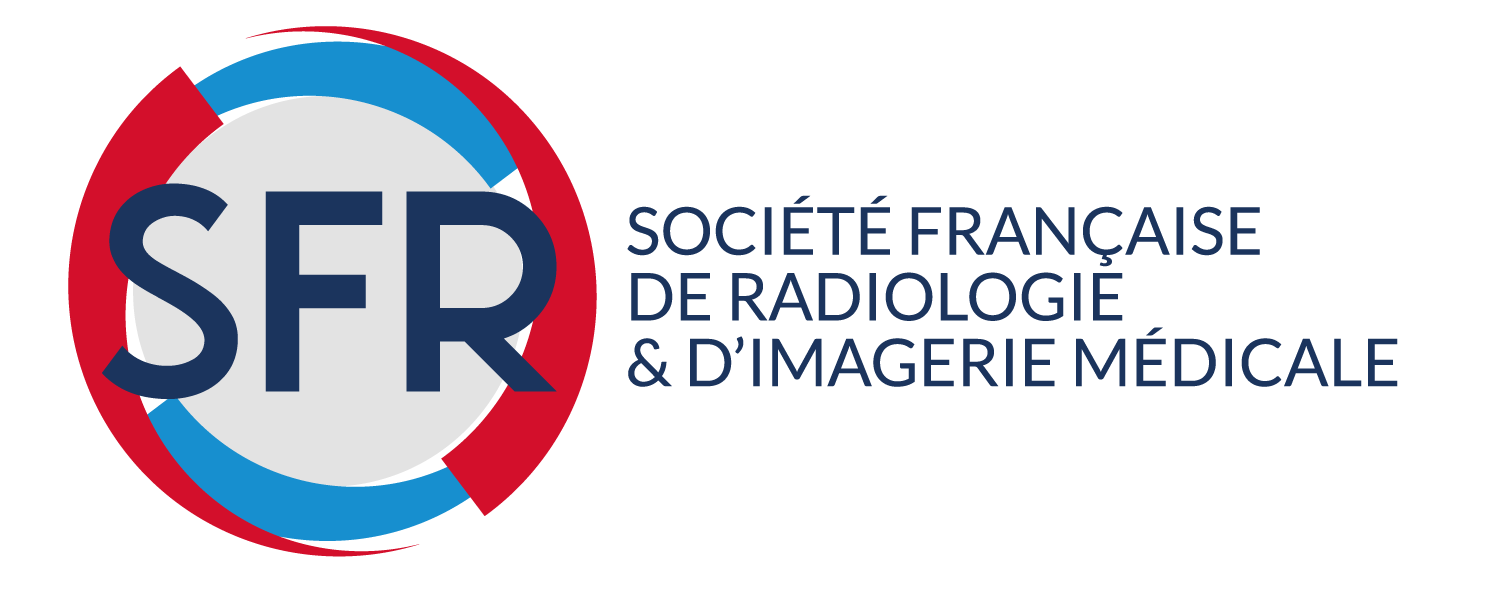CT colonography:the movement
It's the second leading cause of cancer deaths among men and the leading cause among women. However, treatment outcomes for colorectal cancer show a relatively favorable prognosis, with a 5-year survival rate of 83.1% for stage I, 75.6% for stage II, and 68.7% for stage III (with lymph node metastasis). These rates are notably better than those for other gastrointestinal cancers. This means that many colorectal cancer patients visit hospitals at advanced stages. As if to confirm this, only about half of eligible individuals in Japan undergo fecal blood tests, and of those who test positive, only 60% proceed to colonoscopy. This low rate is attributed to the avoidance of colonoscopy, likely due to its negative image, which includes concerns about pain associated with the preparation and the endoscopic procedure itself.
CT colonography (CTC), a 3D CT technology specialized for the colon, was clinically introduced in Europe and the United States in the early 2000s. In Japan, the results of a multicenter study, the Japanese National CT Colonography Trial (JANCT), were published in 2012. This study, conducted by radiologists and gastroenterologists, reported a sensitivity of 88% and specificity of 92% for detecting polyps larger than 6 mm using CTC. Around the same time, an "additional fee for CTC imaging" was introduced into the Japanese insurance scheme, and in 2016, Colonfort (Fushimi Pharmaceutical), a barium sulfate tagging agent specifically for CTC, was launched. Recently, bowel preparation for colon CT has become more manageable, with the use of polyethylene glycol hypertonic solution requiring about half the volume of that used in endoscopic preparation, and magnesium citrate hypertonic solution requiring less than one-fifth the volume. I personally underwent a CTC with a low-dose preparation, and I found the procedure to be quite acceptable. During the examination, a polyp with approximately 5 mm in diameter was detected. Subsequently I underwent a colonoscopy, where the polyp was endoscopically removed.


In 2021, revisions to the radiologic technologist law allowed these professionals to perform the entire CTC process, from rectal catheter insertion to carbon dioxide insufflation and removal. While radiologists traditionally interpret CTC results, there is a shortage of radiologists experienced in interpreting the colonic lumen, leading to an increasing reliance on radiologic technologists for primary reading. A significant focus in Japan is currently on the development of "laxative-free" CTC technology. If successfully implemented, this could greatly enhance the acceptability of the test, leading to an increase in the number of individuals undergoing CTC. This, in turn, would likely result in the detection of more colorectal polyps and cancers, which could then be proactively treated via colonoscopy. CTC has the potential to reduce colorectal cancer deaths not only in Japan but also worldwide.
